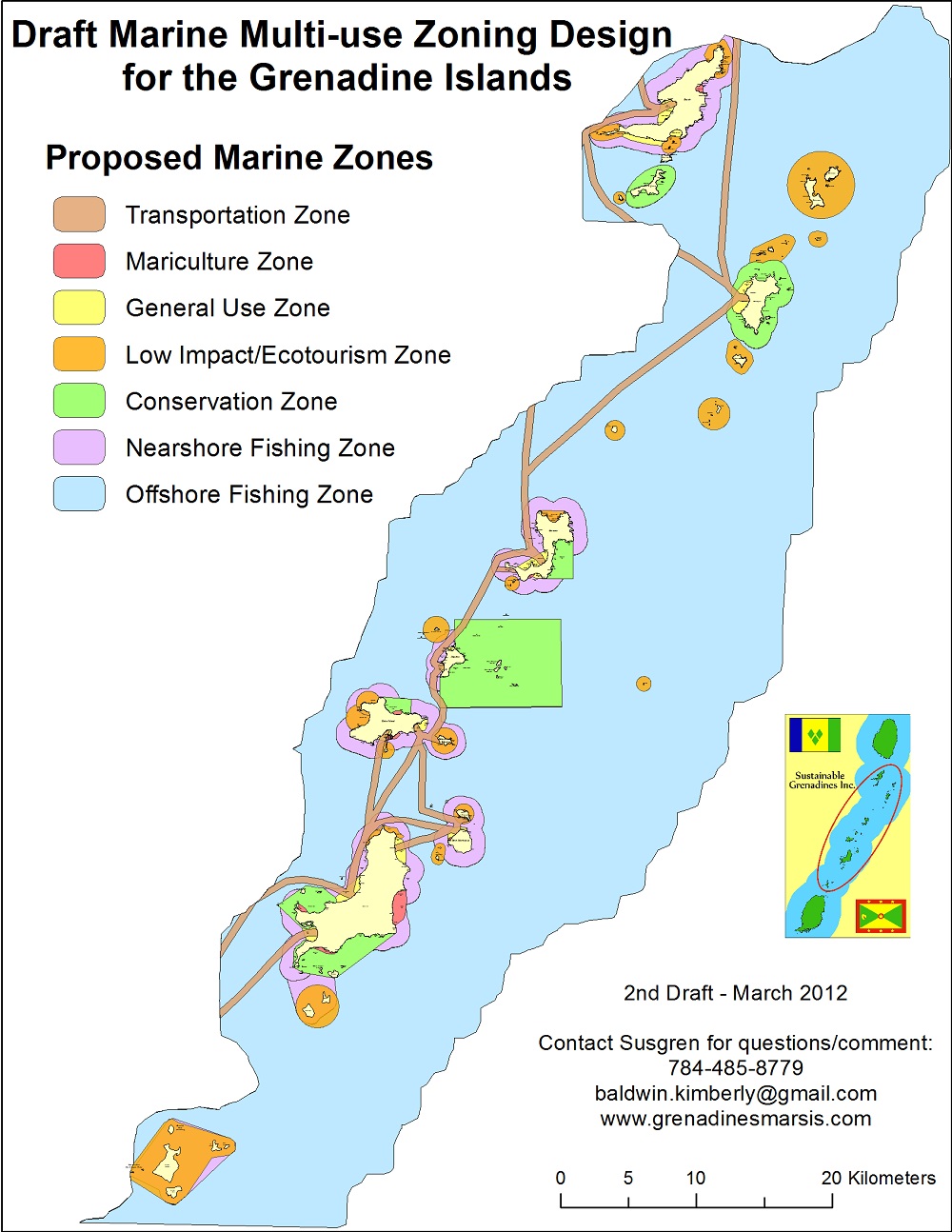Skilled personnel, effective governance and functioning technical systems are essential for successful operation. Key elements to support this include training for National Conservation Trust Funds, staff and board members, establishment of clear accounting systems, operations manuals, learning from best practices, mentoring, and peer exchange.
In this regard, the CBF has established training on its accounting system for its staff. It has also become a member of the Latin American and Caribbean Network of Conservation Trust Funds (RedLAC) to learn from similar institutions.
